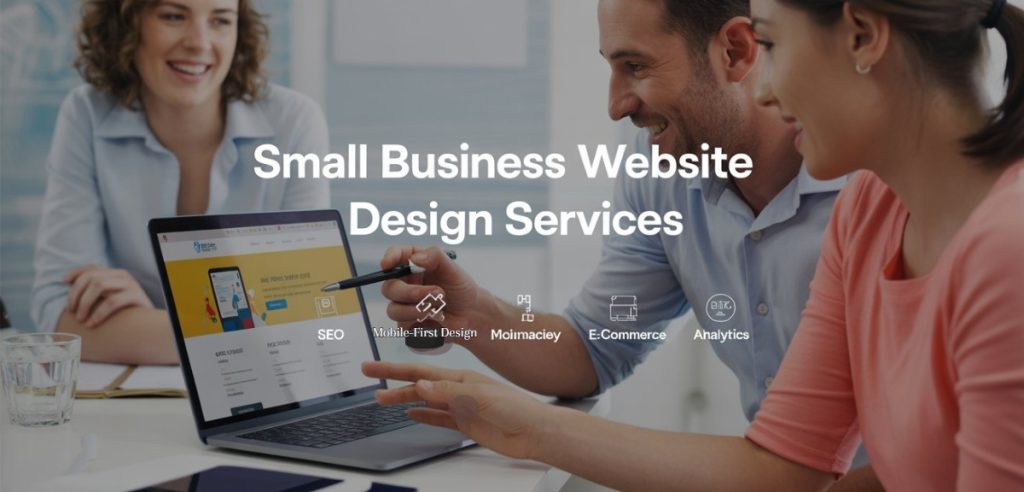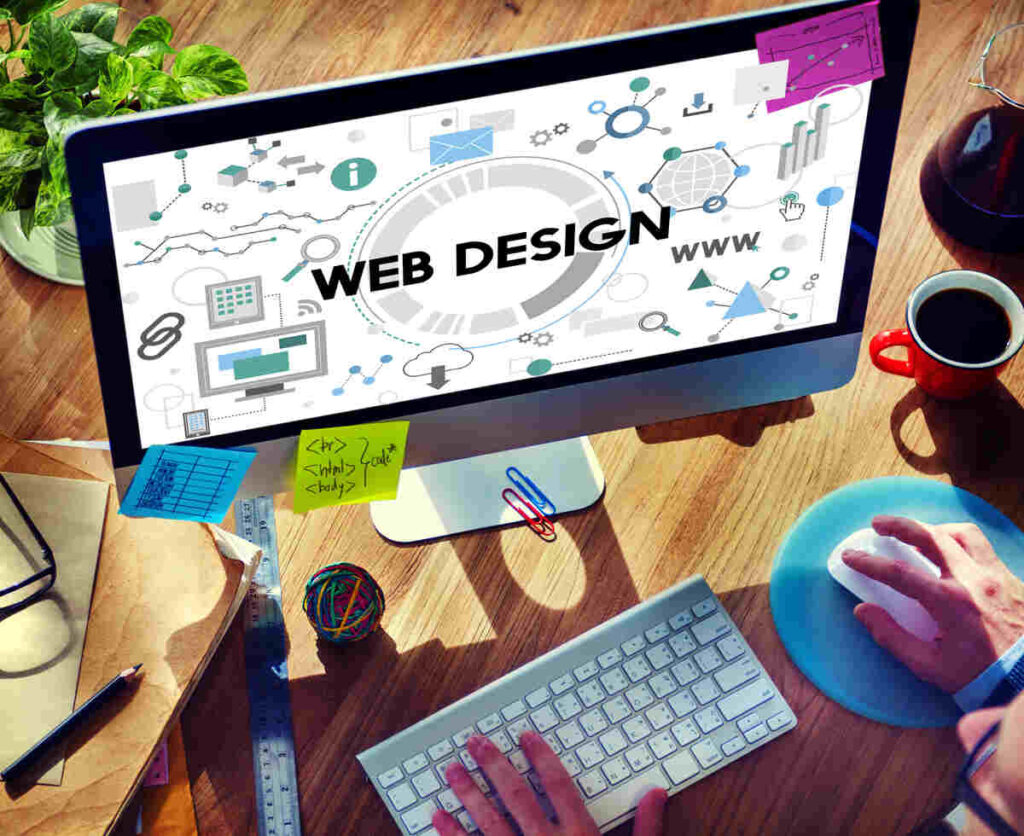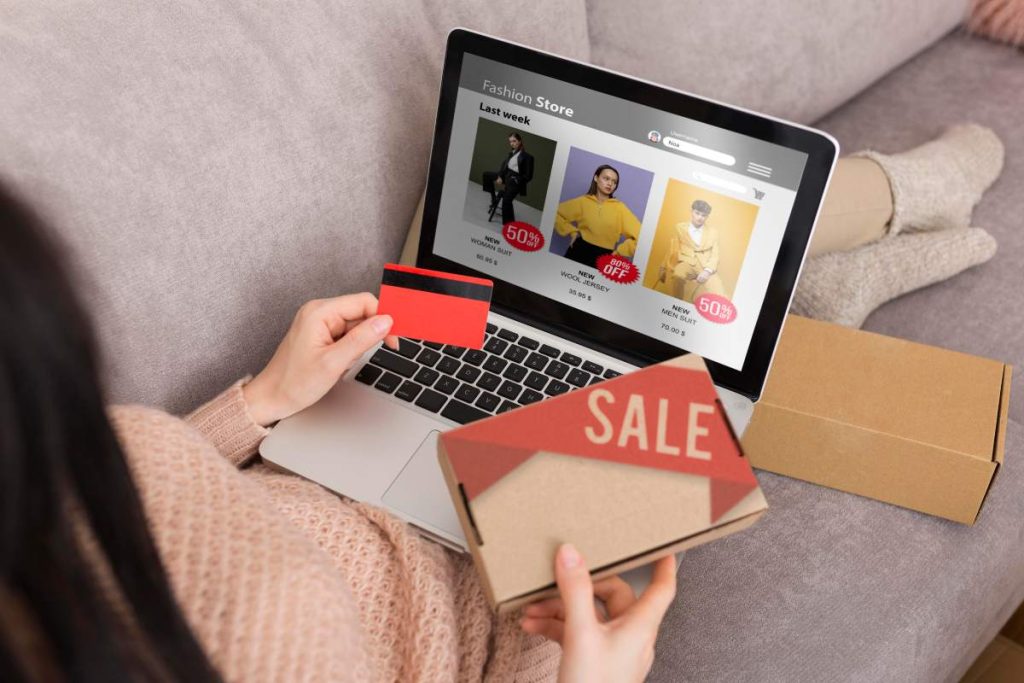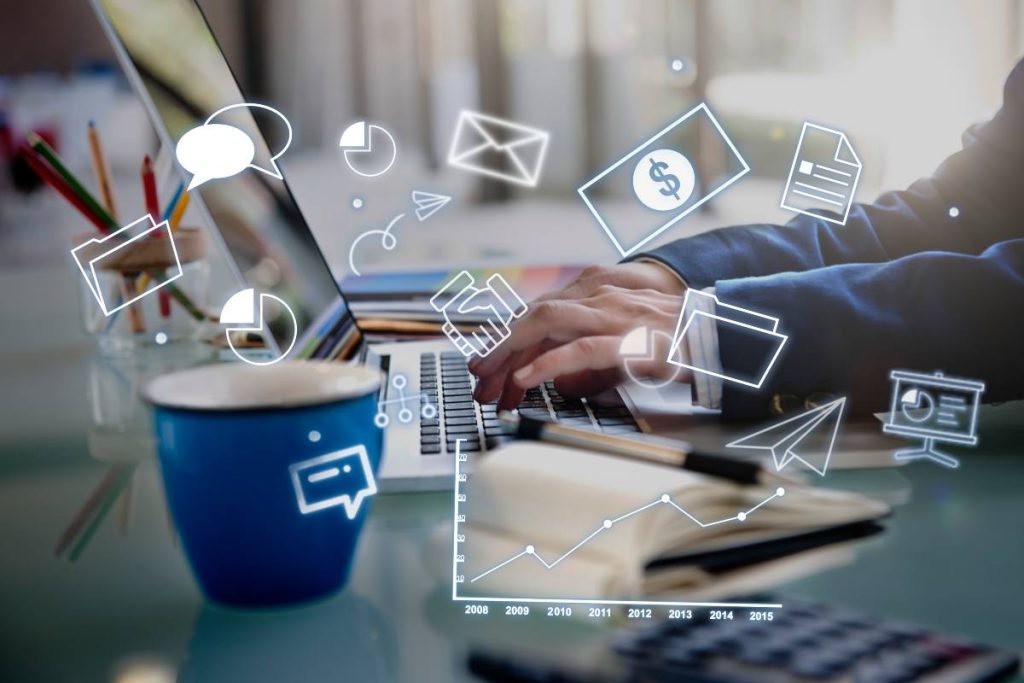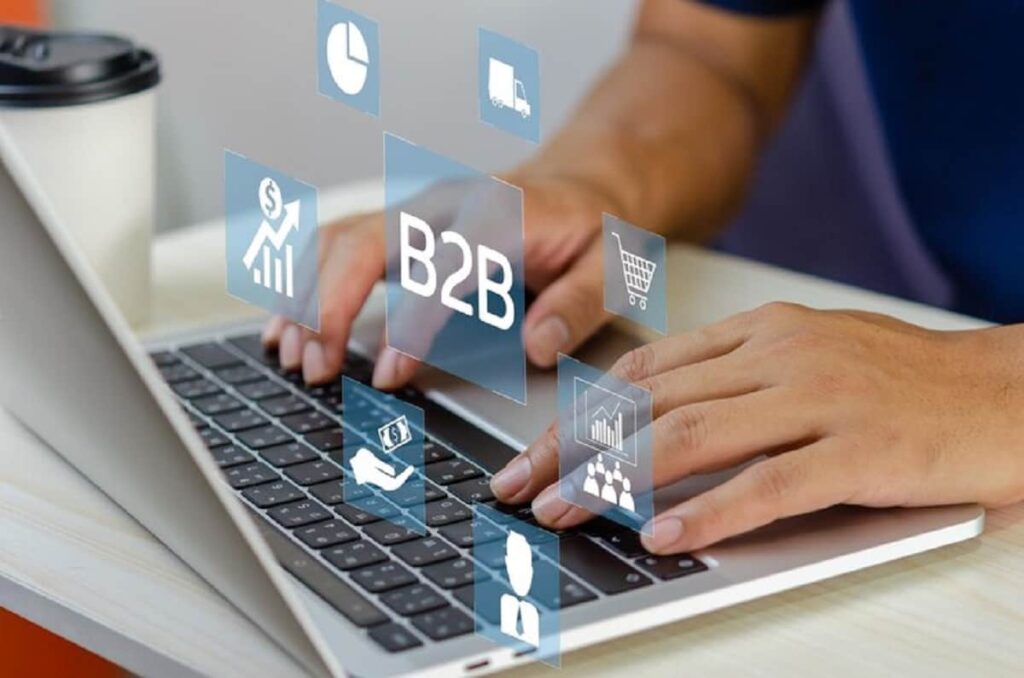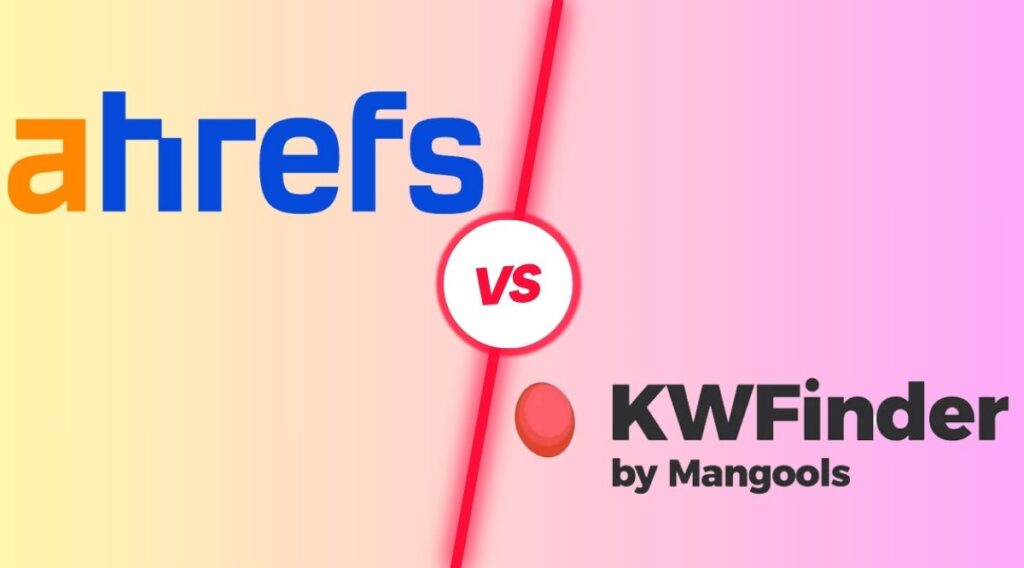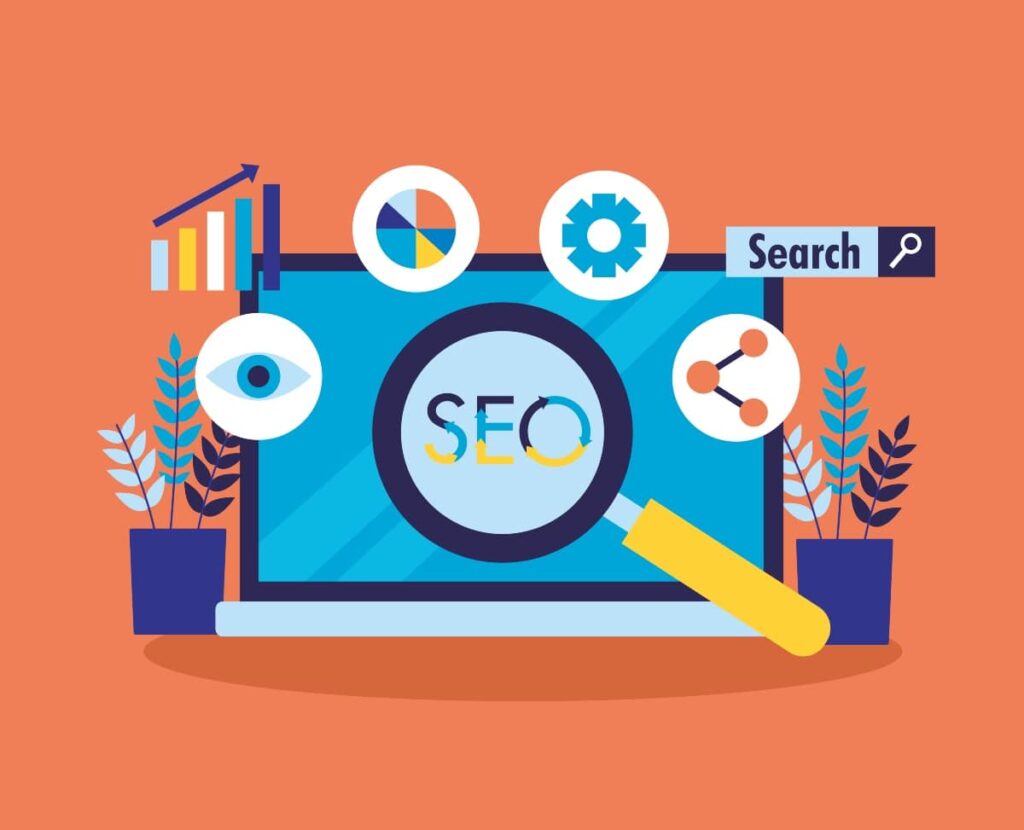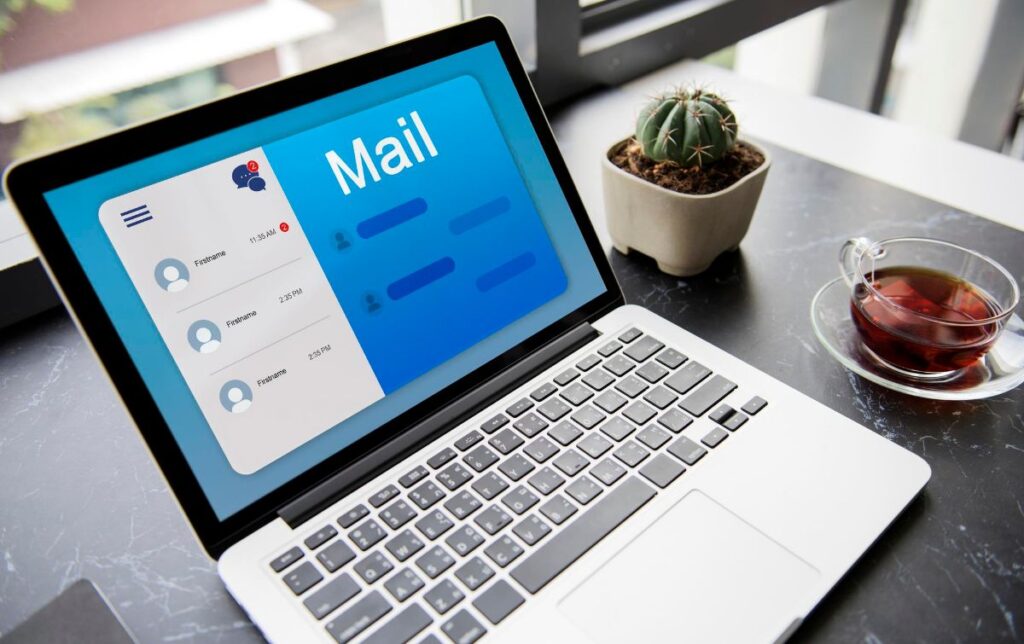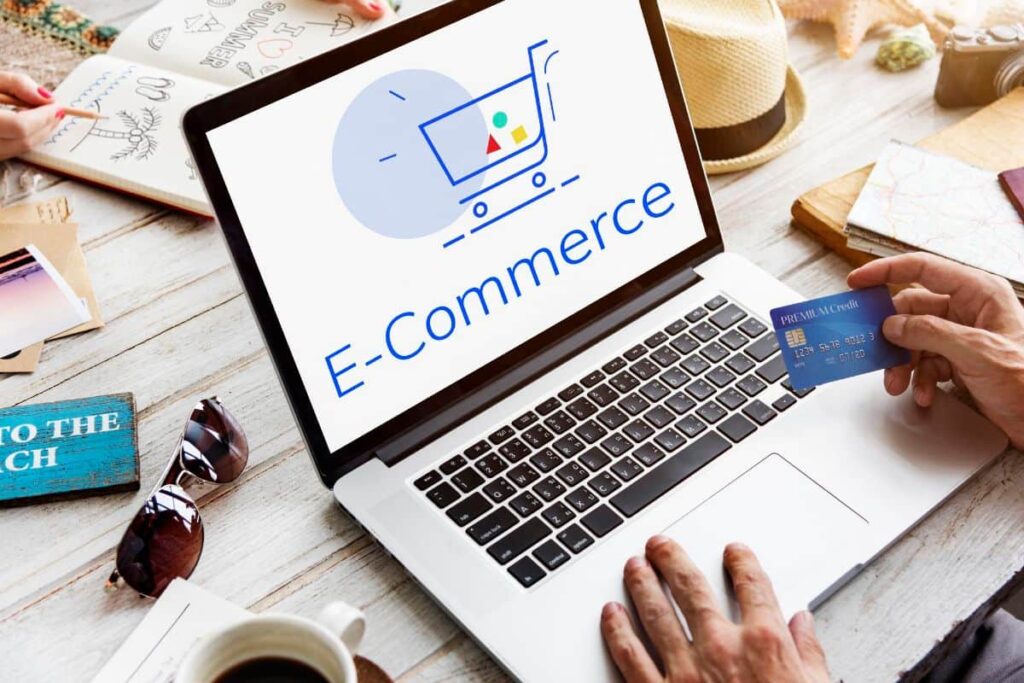In today’s fast moving digital landscape, customers no longer respond well to aggressive sales pitches or disruptive advertising. Instead, they actively seek solutions that align with their needs, values, and goals. This is where the concept of the inbound marketing funnel comes into play. It provides businesses with a structured, customer-centric approach to attract, engage, and nurture audiences until they are ready to become loyal buyers.
Understanding this funnel is not just about generating leads. It’s about creating meaningful connections that turn strangers into brand advocates. Whether you run a startup, a growing e-commerce store, or an established B2B enterprise, building an effective funnel can unlock sustainable business growth.
This article explores the stages of the inbound funnel in depth, reveals strategies for each stage, and shares actionable insights to help businesses drive results without relying on outdated, pushy tactics.
What Is the Inbound Marketing Funnel?
The inbound funnel is a strategic framework designed to map the customer journey from initial awareness to final purchase and beyond. Unlike traditional marketing, which interrupts people with ads, this approach draws them in naturally by providing value at each stage.
At its core, the funnel is built on three principles:
- Attract Bringing the right people to your brand using helpful and relevant content.
- Engage Building trust through personalised communication and nurturing.
- Delight Converting buyers into long-term advocates by exceeding expectations.
Each stage has its own purpose, tactics, and role in driving business growth. Let’s break them down step by step.
| Funnel Stage | Goal | Key Strategies | Example Tactics |
|---|---|---|---|
| Awareness | Attract new visitors | SEO, Content Marketing, Social Media | Blogs, Infographics, Webinars |
| Consideration | Build trust and educate | Email Marketing, Case Studies, Lead Magnets | Guides, Whitepapers, Newsletters |
| Decision | Convert leads into customers | Testimonials, Demos, Clear CTAs | Free Trials, Limited Offers |
| Retention | Encourage repeat business | Support, Personalization, Loyalty Programs | Post-purchase emails, Tutorials |
| Advocacy | Turn customers into promoters | Referral & Reward Programs | User-Generated Content, Reviews |
Stage 1: Awareness Capturing Attention
The journey begins when a potential customer realizes they have a challenge or opportunity. They are not yet looking for a product but seeking information. At this stage, your role is to provide clarity and attract them with valuable insights.
Strategies for the Awareness Stage
- Educational Content: Blogs, guides, and infographics that explain problems and possible solutions.
- SEO Optimization Ensuring your content ranks for the queries your audience searches.
- Social Media Engagement Sharing posts, short videos, or industry news to expand reach.
- Webinars & Podcasts Positioning your brand as a thought leader by tackling trending topics.
Businesses that excel here focus on helping first, selling later. By earning trust early, you create the foundation for deeper engagement.
Stage 2: Consideration Building Trust
Once prospects understand their problem, they begin exploring potential solutions. Here, they’re evaluating options, comparing providers, and seeking reassurance that your brand can truly meet their needs.
Strategies for the Consideration Stage
- Case Studies & Success Stories: Real-world examples that show proven results.
- In-Depth Guides or Whitepapers: Offering detailed resources that require sign-ups (lead magnets).
- Email Nurturing Sequences: Sending targeted, personalised content that addresses their pain points.
- Interactive Tools: Calculators, assessments, or quizzes to engage prospects and gather data.
This stage is not about pushing for a quick sale but about establishing authority and trustworthiness. The more value you provide, the higher the chance they’ll choose you when ready.
Stage 3: Decision Converting Prospects into Customers
At this point, prospects are ready to make a purchase decision. They’ve compared alternatives and narrowed down their choices. Now, your focus should be on reducing friction and showing why you’re the best option.
Strategies for the Decision Stage
- Free Trials or Demos: Allowing prospects to experience your product or service risk-free.
- Clear Value Propositions: Highlighting what makes your brand unique compared to competitors.
- Customer Testimonials & Reviews: Social proof that reassures buyers they’re making the right choice.
- Special Offers or Incentives: Limited-time deals that encourage immediate action.
Clarity and confidence are the keys here. Prospects should feel that choosing your solution is the easiest and safest decision they can make.
Also Read: Hyperlocal Social Media Marketing Strategies for 2025
Stage 4: Retention Turning Customers into Repeat Buyers
Many businesses stop after the sale, but the inbound funnel doesn’t end there. Retention ensures that your customers don’t just buy once but come back repeatedly. It’s more cost-effective to retain an existing customer than to acquire a new one.
Strategies for the Retention Stage
- Personalised Follow-Ups: Thank-you emails, loyalty rewards, or post-purchase guidance.
- Customer Support Excellence: Quick, friendly, and solution-focused responses.
- Educational Updates: Sharing tutorials, upgrades, or best practices for using your product.
- Community Building: Creating groups or forums where customers can engage with your brand.
The goal here is simple: deliver ongoing value and make customers feel appreciated long after the sale.
Stage 5: Advocacy Creating Brand Ambassadors

The final stage is where satisfied customers become vocal advocates for your brand. Advocacy fuels organic growth because people trust peer recommendations more than advertisements.
Strategies for Advocacy
- Referral Programs: Reward customers for bringing in new clients.
- User-Generated Content: Encourage customers to share reviews, stories, or social media posts.
- Feature Your Customers: Showcase their success stories as part of your brand journey.
- VIP Experiences: Offer exclusive access to loyal customers to deepen their bond.
When customers actively promote your brand, they not only bring in new leads but also reinforce your credibility.
Why the Inbound Funnel Fuels Business Growth
The power of this funnel lies in its ability to align marketing with customer behaviour. Instead of chasing leads, you create a system where leads come to you, nurtured by the trust and value you’ve provided.
Key benefits include:
- Cost Efficiency: Higher ROI compared to outbound methods.
- Quality Leads: Attracting people genuinely interested in your solutions.
- Stronger Relationships: Building long-term customer loyalty.
- Scalability: The funnel can grow with your business, adapting to new markets and needs.
In essence, the inbound approach transforms your marketing from transactional to relational, which is the foundation of sustainable growth.
Common Mistakes to Avoid
Even the best strategies can fall short if executed poorly. Here are frequent pitfalls businesses should avoid:
- Overloading with Sales Pitches Pushing too hard at early stages drives prospects away.
- Neglecting Post-Sale Engagement Forgetting customers after a sale wastes long-term potential.
- Poorly Aligned Content Delivering irrelevant messages at the wrong stage confuses prospects.
- Ignoring Data and Analytics Without measurement, you can’t refine or optimize the funnel.
- Failing to Personalize Treating all prospects the same reduces engagement and trust.
How to Build Your Own Inbound Funnel
Here’s a step-by-step process businesses can follow:
- Define Your Buyer Personas Understand who your ideal customers are.
- Map the Customer Journey Identify touchpoints from awareness to advocacy.
- Create Targeted Content Develop resources for each stage of the funnel.
- Implement Marketing Automation Use tools for nurturing and personalisation.
- Measure & Optimize Track performance and adjust strategies continuously.
By applying these steps, you create a funnel that is not just theoretical but a practical growth engine.
Future of Inbound Marketing Funnels

With advances in technology, the funnel is evolving. Personalisation, AI-driven insights, and automation are reshaping how businesses attract and nurture prospects. Customers now expect real-time responses, tailored experiences, and authentic communication.
Businesses that embrace these trends will stay ahead of the curve, while those clinging to old methods risk being left behind. The future is about blending human connection with intelligent technology to deliver value at scale.
Conclusion
The inbound marketing funnel for business growth is more than just a strategy; it’s a mindset that places customers at the heart of every interaction. By guiding prospects from attention to advocacy with value-driven content and experiences, businesses can generate not just more sales but stronger, longer-lasting relationships.
Whether you’re just starting or refining your existing funnel, the key is consistency, authenticity, and relentless focus on customer needs. When done right, your funnel becomes a self-sustaining growth engine that keeps delivering results year after year.
Frequently Asked Questions
What is an inbound marketing funnel?
An inbound marketing funnel is a structured path that guides potential customers from discovering your brand to becoming loyal buyers. It focuses on attracting, engaging, and delighting audiences through valuable content and experiences.
Why is the inbound funnel essential for business growth?
It helps businesses generate qualified leads, build stronger customer relationships, and increase conversions. By understanding each stage of the funnel, you can align marketing efforts with customer needs and drive sustainable growth.
How does the funnel differ from outbound marketing?
Unlike outbound marketing, which pushes messages to a broad audience, the inbound funnel pulls people in with helpful resources. This approach creates trust, reduces resistance, and attracts customers who are already interested in your solutions.
What are the key stages of an inbound funnel?
The funnel typically includes awareness, consideration, decision, and retention. Each stage requires tailored strategies from educational content to personalized offers to move prospects closer to becoming loyal customers.
Can small companies benefit from using an inbound funnel?
Absolutely. Even small businesses can use the funnel to grow their audience and sales by focusing on targeted, cost-effective strategies. With the right approach, they can compete with larger brands and build lasting customer trust.

